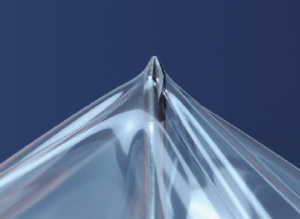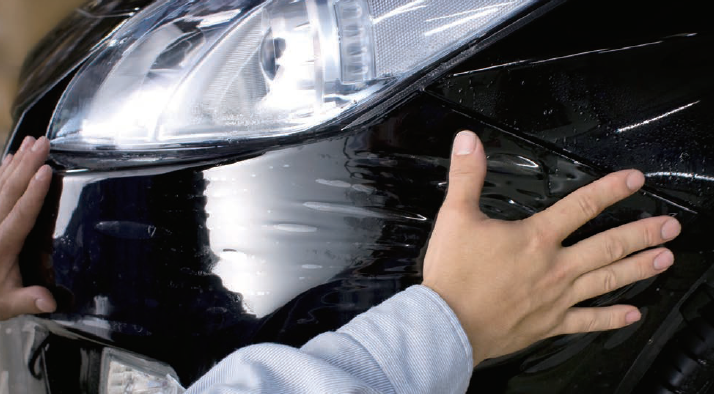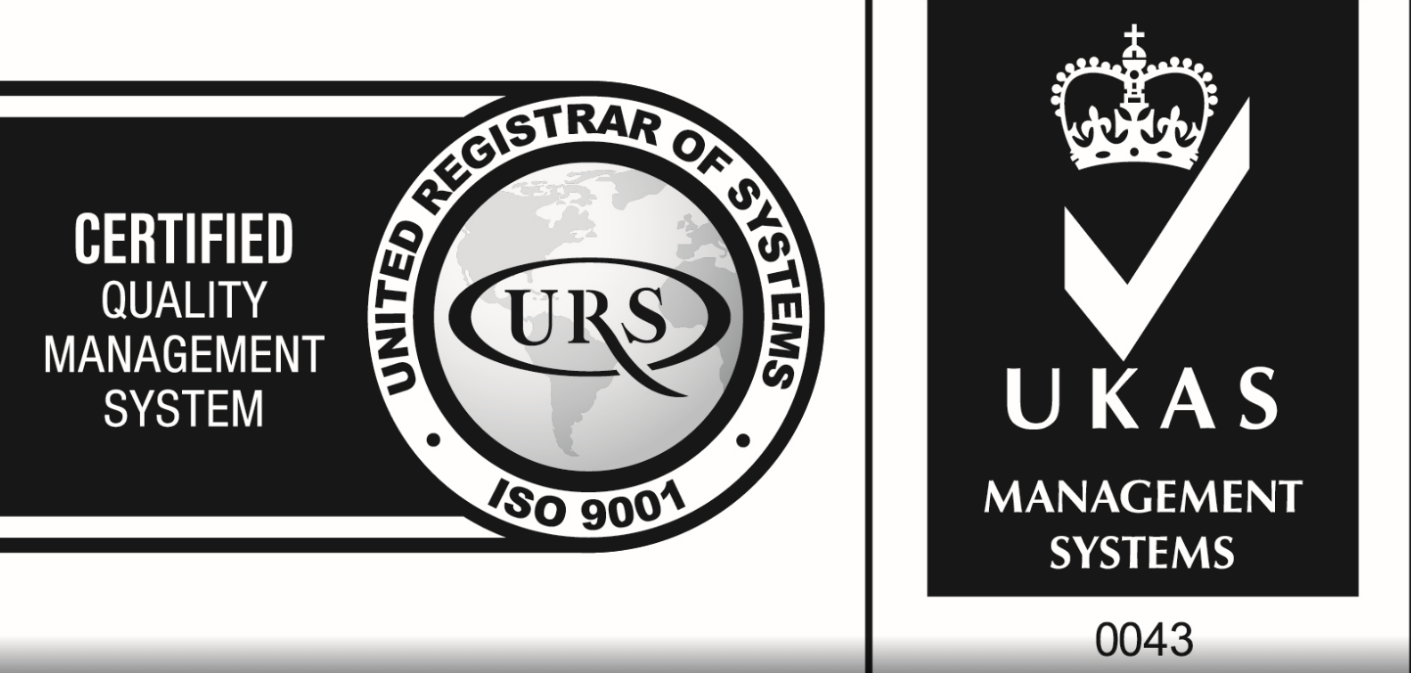You and I know both know it. Damaging the paintwork of a car is frustrating!
Imagine getting a brand new car after years of saving and the next thing you know, there’s a chip on your car’s flawless paintwork. More often than not, cars that are driven on highways risk the chance of getting damaged from loose stones or rocks. The impact from road debris can cause chips to the painted surface and leave openings that could contribute to deterioration of the car’s paintwork.
So how do you actually protect your car’s bodywork as you drive?
This is where PPF comes into play.
What Is PPF?
For the uninitiated, PPF stands for Paint Protection Film, a thermoplastic polyurethane film that is applied to painted surfaces of a vehicle to protect the paintwork against damage. PPF has anti-shock, self-healing and self-cleaning properties that offer your vehicle excellent, all-round protection against the elements.
PPF was first developed and used by the military during the Vietnam War to protect the helicopter rotor blades from flying shrapnel and debris. To date, the use of PPF has expanded across numerous industries and surfaces, ranging from airplanes, recreational vehicles (RV) and motorcycles to cell phones, electronic devices and even furniture.
Now, you might be wondering, how exactly does PPF protect my car?
It’s not as complicated as you might think!
How PPF Works
Paint protection film, or PPF, functions as a shield to protect and preserve the paintwork and car body. It is made from a high-transmittance polymer, polyurethane, which is ultra-transparent and boasts excellent elasticity.
The film component of PPF has a thickness of 150 microns, which is several times thicker than window films. Combined with an adhesive of 50 microns thick, it forms a strong protective layer that absorbs shock remarkably well.

Film Structure
PPF comprises of five layers: three protective release liners that ensure the film’s quality, the PPF layer and a layer of adhesive. Hyper Defender’s range of films are very well-protected to ensure that the quality of PPF is not compromised.
It Can Be Personalized According To Your Needs!
Due to its ability to conform to complex shapes and curvatures, PPF is highly customizable. Customers can specify certain parts of the car they wish to protect, such as headlights, bumpers or other areas that are more susceptible to damage.
PPF can be stretched to a maximum of four times its original size and will shrink back to its original size!
Fast and Easy Application
PPF is developed for swift and easy application with no creases or traces, due to its highly flexible nature. Unlike window films, PPF does not require heat to be installed as its polyurethane resin composition allows the film to stretch to adhere to complex 3-dimensional surfaces.

Final Thoughts
Damaged paintwork and a scratched surface will diminish your car’s attractiveness and resale value.
If you’re looking to fortify your car against any gashes or scrapes and preserve its pristine condition, PPF is an excellent solution to consider as it provides superior protection and numerous other benefits.
Now that you are aware of PPF and the purpose that it serves, what are your thoughts?
(RELATED: 7 Benefits of PPF)



